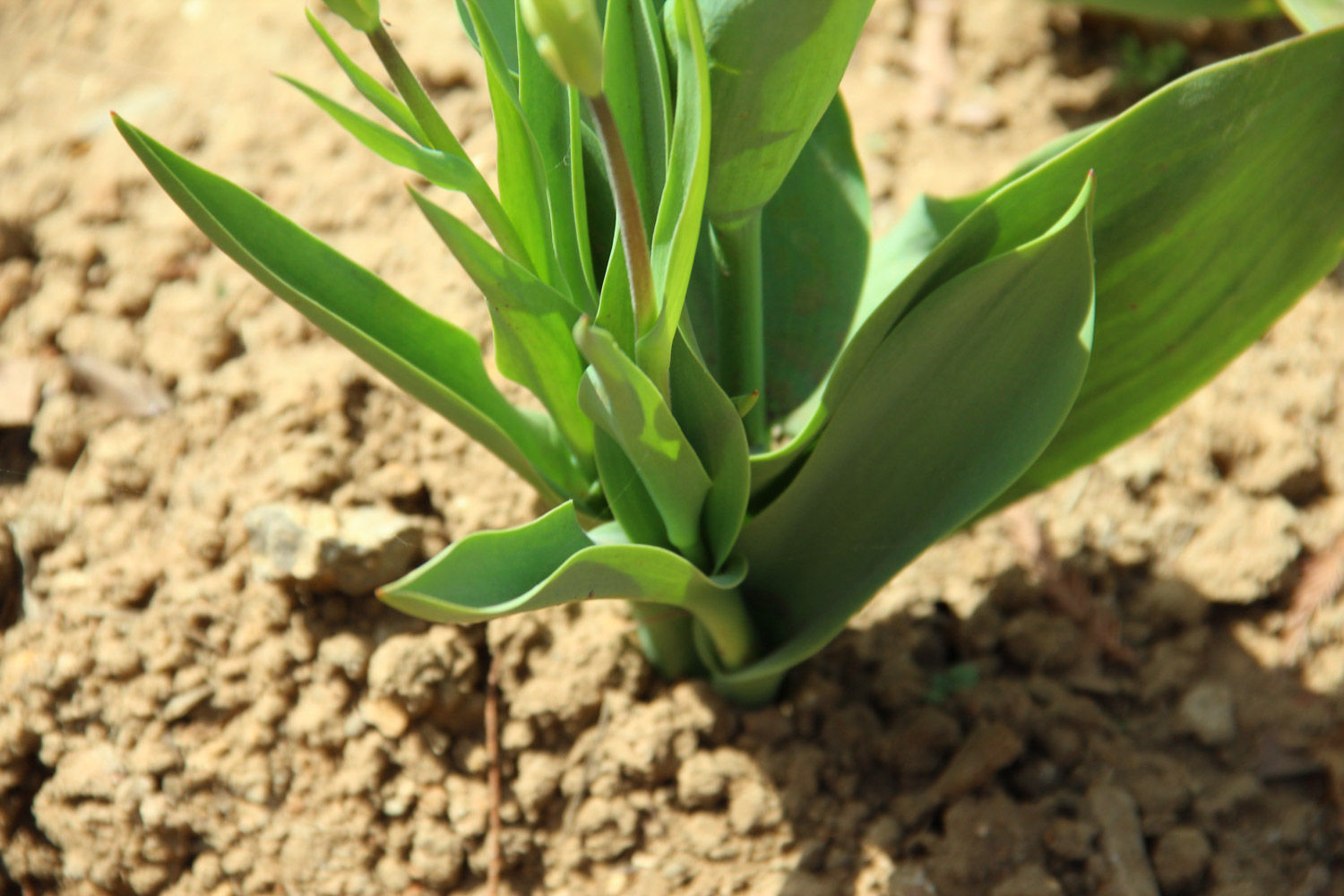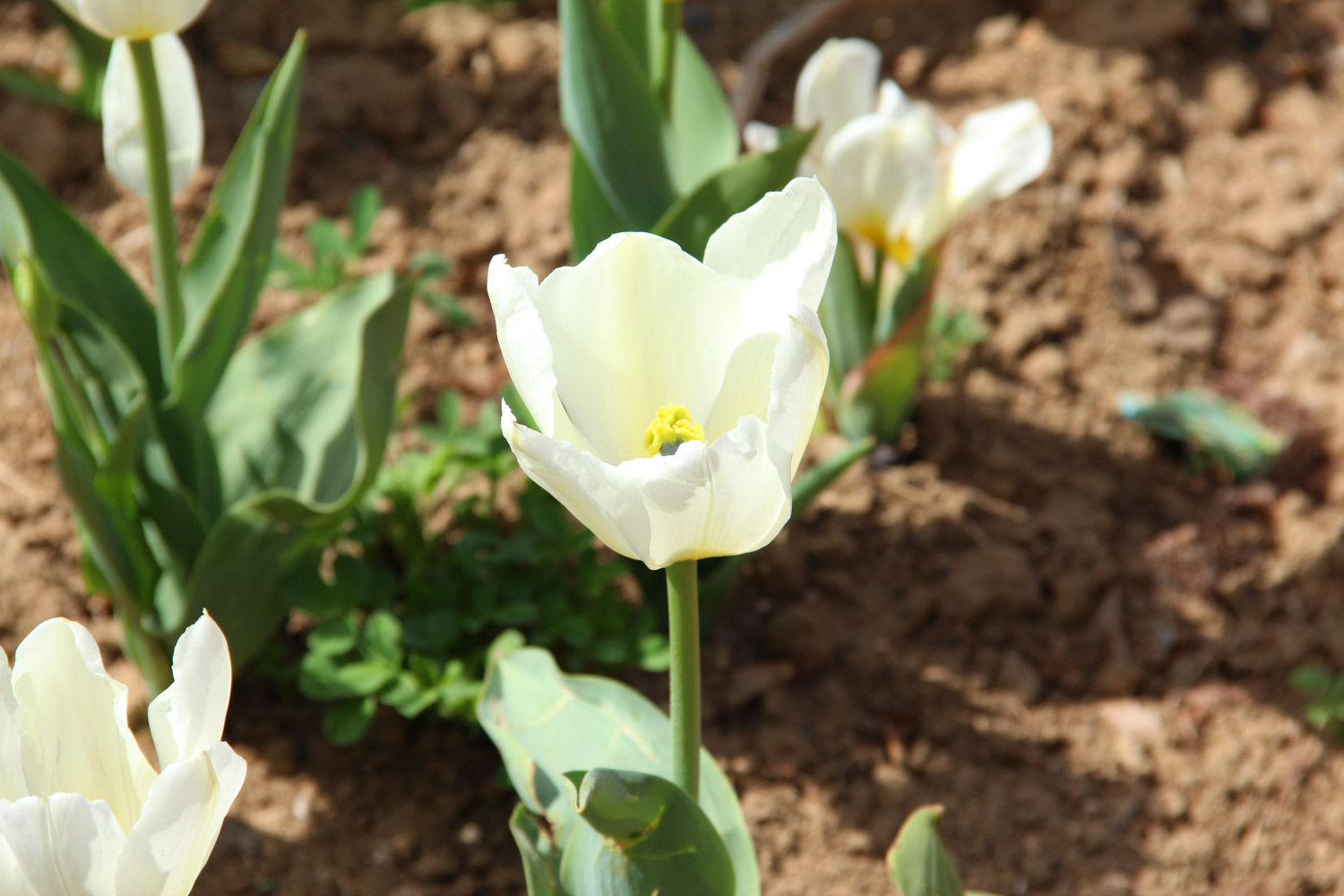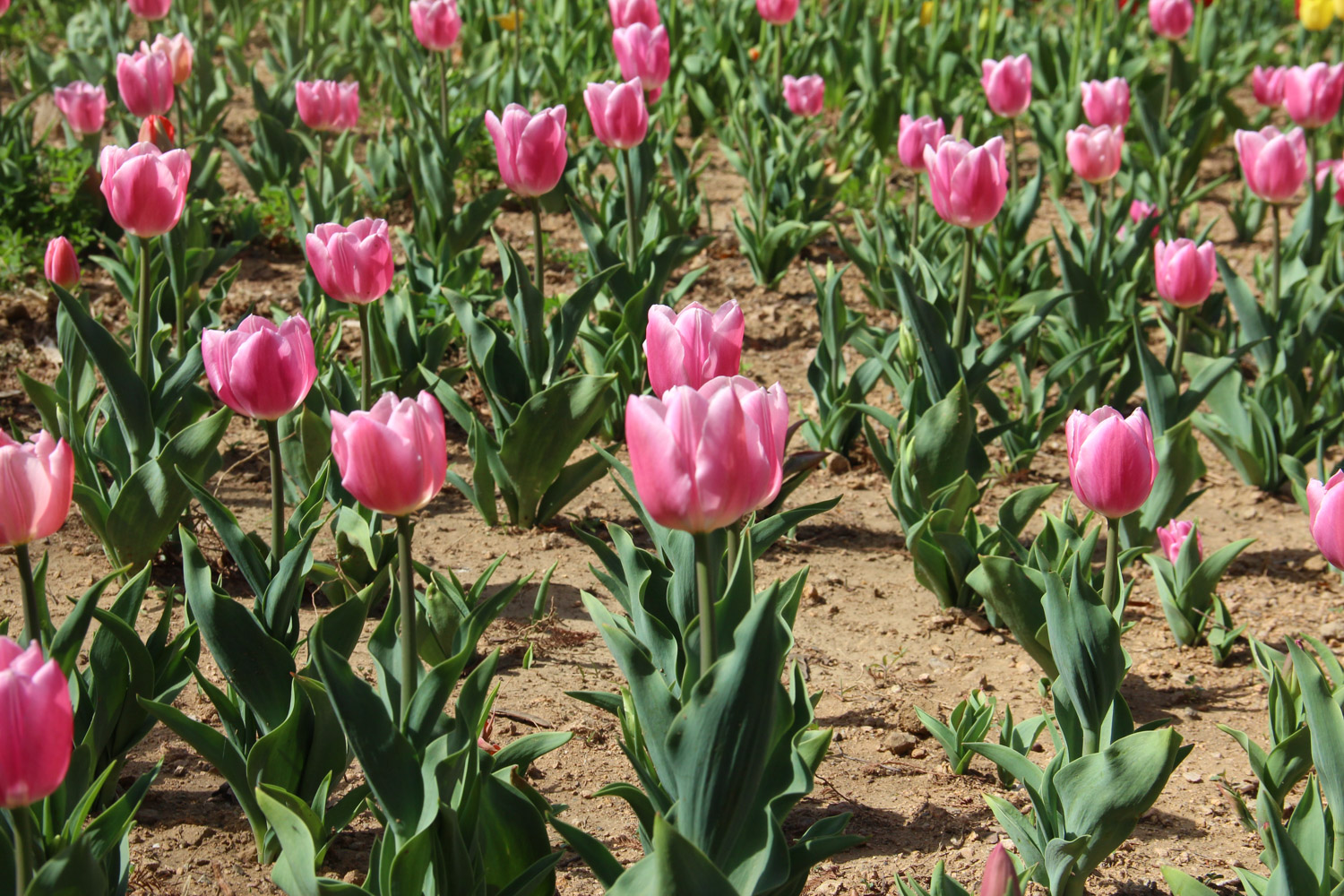1、 Flowering time
Tulips usually bloom from March to May. Because it has many varieties and rich colors, including red, yellow, purple and so on. Its flowers are solitary at the top of the stem, usually cup-shaped and look large. The base of the flower has purple spots and 6 petals, which are oblong in shape

2、 What if it doesn't bloom
1. Increase light: as a plant with long sunshine, only long-term light can promote the differentiation of flower buds. If the plant has no buds, it indicates that the light is insufficient. Generally, during the growth period of the plant, it needs to be placed in a sunny place to receive light all day. If the light is too strong, you can shade appropriately and see the light in the morning or evening

2. Supplementary fertilizer: Tulip flowering needs nutrients. If the nutrients are insufficient and the plant grows poorly, it will be difficult to blossom naturally. If it has grown flower buds, it only needs to supplement a little phosphorus and potassium fertilizer to promote flower growth. In addition, the amount of nitrogen fertilizer should be controlled during the growth period. Once applied more, there will be a risk of overgrowth and affect the differentiation of flower buds
3. Control watering: tulips are bulbous plants, especially afraid of moisture, but the dry climate will slow down its growth rate, so watering needs to be controlled. If more water is poured, the bulb will rot and will not bloom. In the face of this situation, the rotten parts need to be cut off with a sterilized knife, dried and replanted

4. Low temperature vernalization: the growth of tulips needs to experience low temperature vernalization. If the local environment is warm all the year round, it is difficult for plants to blossom. Generally, it is necessary to take out the seed ball and put it in the refrigerator for refrigeration for a period of time, keep the temperature at 4-9 ℃, and vernalization can be completed in about a month, so that it will bloom after planting

 how many times do yo...
how many times do yo... how many planted tre...
how many planted tre... how many pine trees ...
how many pine trees ... how many pecan trees...
how many pecan trees... how many plants comp...
how many plants comp... how many plants can ...
how many plants can ... how many plants and ...
how many plants and ... how many pepper plan...
how many pepper plan...
































